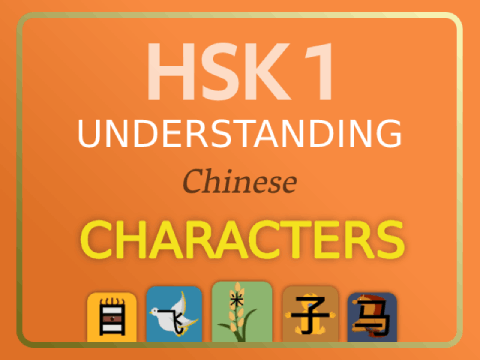The building blocks of Chinese characters: components

A component is a building block with a distinct function used to form compound characters. Many components are individual characters, their variants, or an artificially extracted portion of them. When a component is used to index a character, it is called a radical or indexing component. Based on the functions, we can put the components into three groups.
Semantic components (meaning)

A semantic component is like a morpheme, representing the general meaning of a character. For example, 木 (mù) “tree” in 果 (guǒ) “fruit.” When there is only one semantic component in a character, it is usually the radical.
Phonetic components (sound)

A phonetic component is a part that suggests the approximate pronunciation of the character. For example, 马 (mǎ) “horse” in 妈 (mā) “mother.”
Graphical components (form)

A graphical component, or a symbol, is similar to a pictograph, representing an object or a part of an object in a stylized form. For example, 回 (huí) “to return” consists of two square patterns graphically similar to 口 (kǒu) “mouth,” but they are etymologically unrelated as the two squares represent a whirlpool.
Sometimes, a symbol can be a replacement for an obsolete element, and it has no connection with the character.
Note
Even though there are many characters, most of them are compounds that can be divided into functional components. Learning the components of a character is like learning the morphemes “drink” and “able” and then putting them together to form “drinkable.” On the other hand, if you skip learning the components and memorize the stroke order instead, it would be like learning the word “drinkable” as d-r-i-n-k-a-b-l-e.

